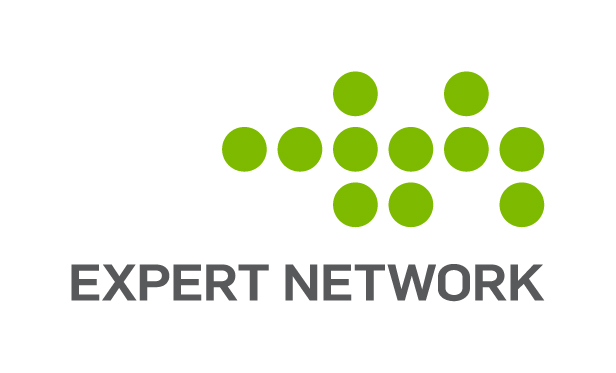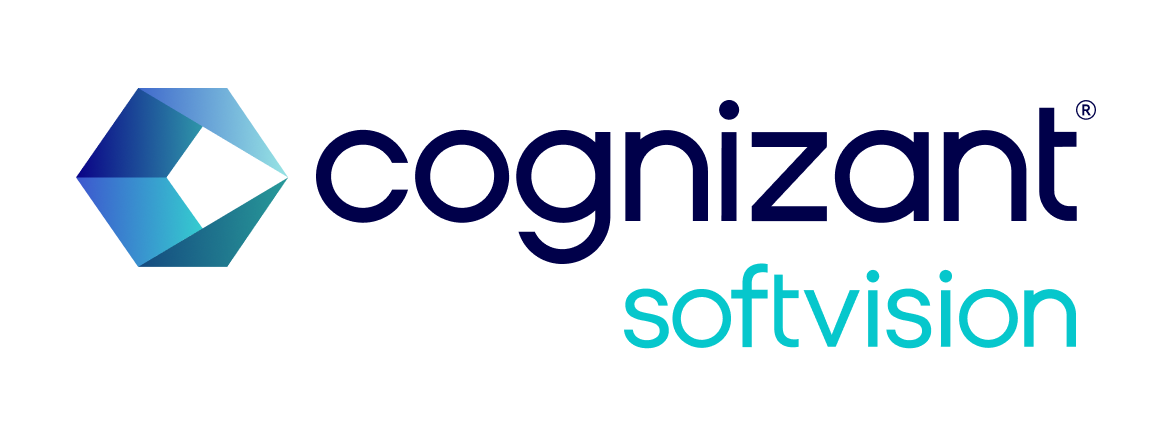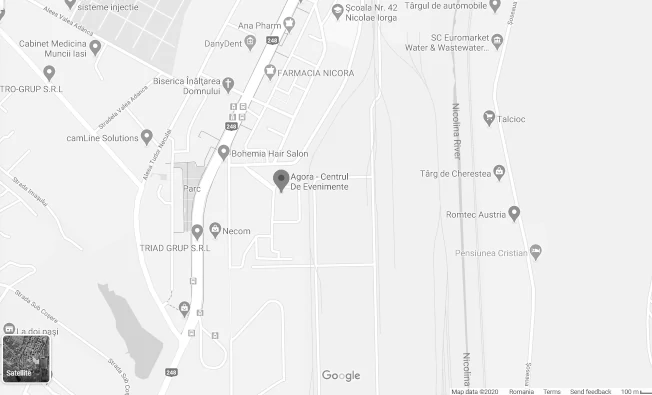
.NET, Cloud & Software architecture
We are preparing something big, stay tuned!
September/October 2026
In this presentation, we will discuss a few concerns about moving an enterprise from on-premise to cloud.
We will first define the type of system we are addressing and then explore why we are making the shift in the first place.
Following this, we will get right into some infrastructure and application concerns, concluding with what an architect's responsibilities are in this transformation.
When you have several repositories for different purposes but also the need to create a consistency between them, it can get demanding to maintain this consistency. As such, we need some mechanisms to maintain this consistency with the most minimum effort required. Join me in this talk where I will propose one such mechanic using NuGet packages. I will present some advantages but also disadvantages to this approach.
So you built your own web app in Blazor WASM. Deployed using Azure Static Web Apps, even added some dynamic content with an Azure Function or two.
But what about making sure that you are you?
Azure Static Web Apps provide simple integration to GitHub, Facebook and Twitter to provide authentication without having to store passwords yourself!
We'll add authentication, look at how to fit this into the developer inner loop with the Static Web App CLI and how to pass the authentication through to your Azure Function!
Finally, we'll look at the flexibility a Standard Tier app provides by swapping out the simple authentication for a custom authentication!
Anyone who worked on a big enterprise project knows memory leaks are like rats in a big hotel. You might not notice when there are few of them, but you always must be on guard in case they overpopulate, break into the kitchen, and poop on everything. Let’s look at the common causes for memory leaks in .NET and how to avoid them.
It seemed like an easy feature to implement, a checkout page to place an order. But this payment gateway has a simple API, so we added that. And this email service provider makes it possible to send an email with one line of code! Finally we can notify downstream systems via a message queue. The code looks simple, 6 little lines of distributed systems code.
But those lines hid a dark secret that we only found after launching. Customers complained they didn't get their email. The back end system wasn't getting updated from our messages. And by far the worst of all, customers complained they saw an error page but still got charged!
Clearly it wasn't as easy as calling a few APIs and shipping, we actually need to worry about those other systems. In this session, we'll look at taking our 6 lines of distributed systems fail, examining the inevitable failures that arise, and possible mitigating scenarios. We'll also look at the coupling our code contains, and the ways we can address it. Finally, we'll refactor towards a truly resilient checkout process that embraces, instead of ignoring, the fallacies of distributed computing.
Workshops
Main Partner
Community leader
Community pillar
Party starter
Online Supporter
Community Supporter
Friends
Media partners
Where to stay in Iași

Hotel Unirea
Email their reception([email protected]), communicate the special code: dotnetdays and get special prices for accomodation

Hotel International
Go on the website, apply the code: dotnetdays and get special prices
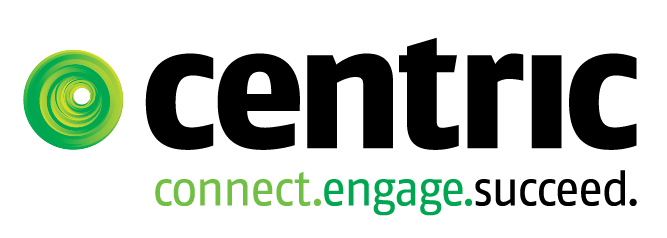

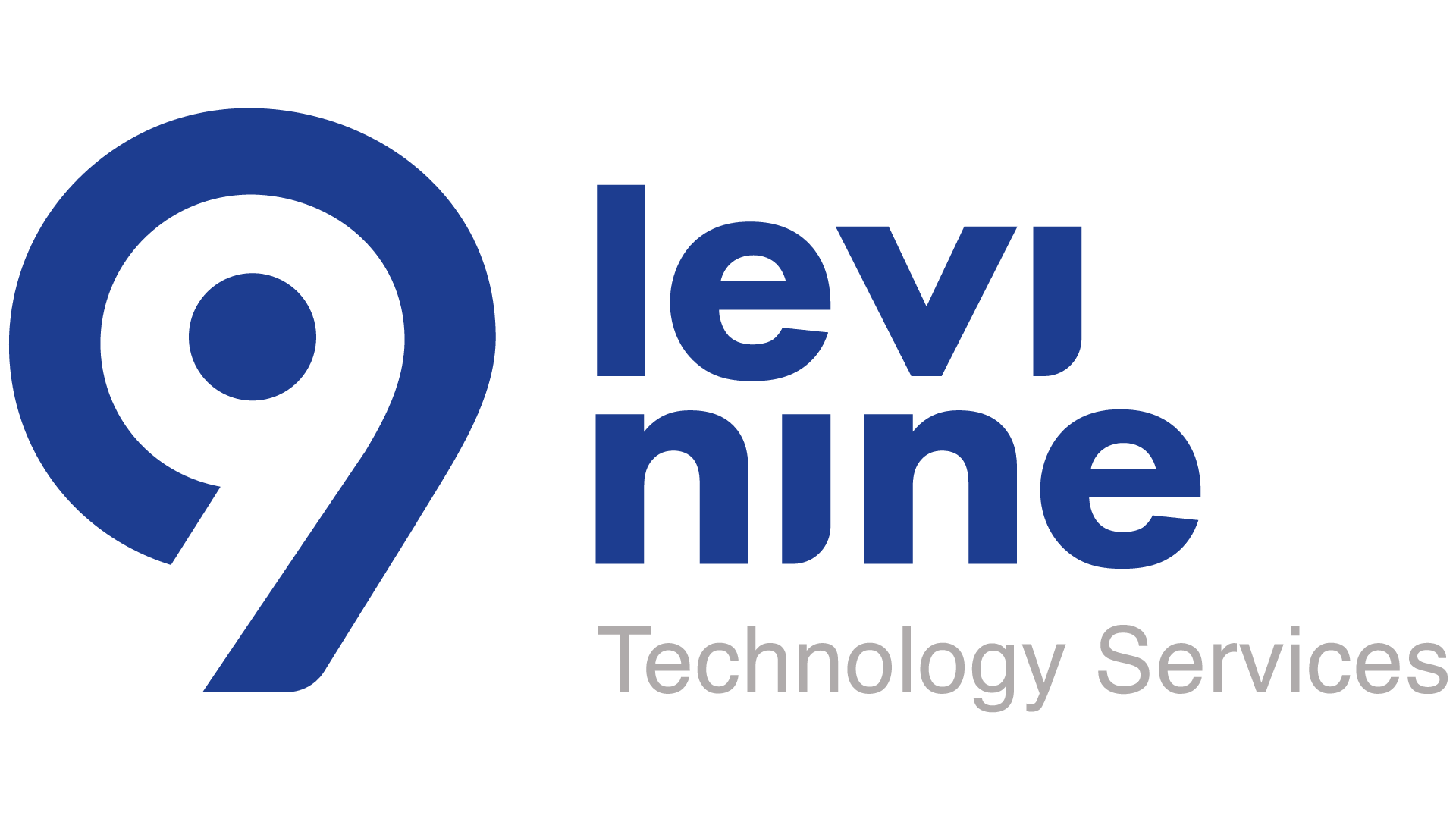



.png)

